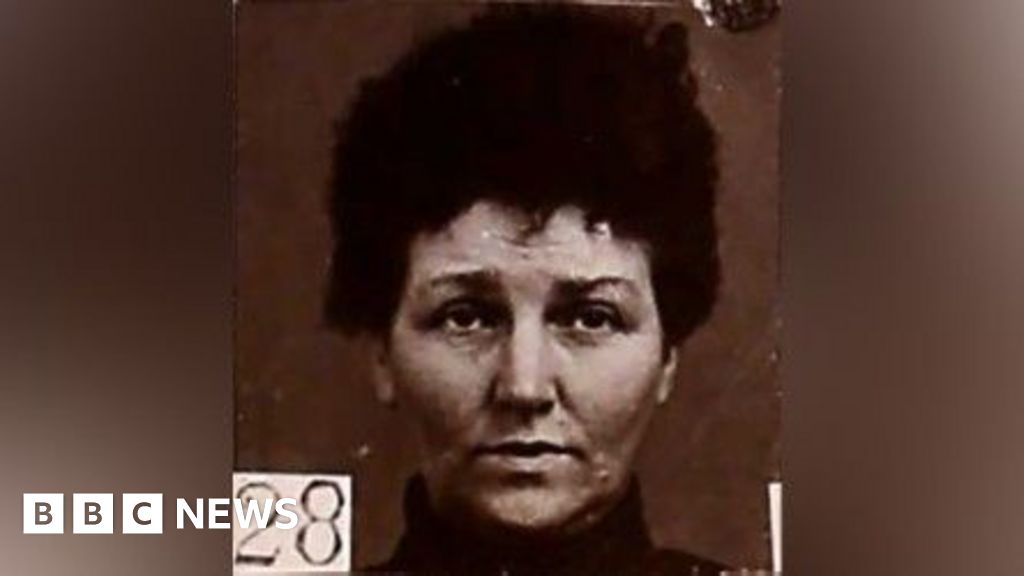The Victorian Era’s Most Notorious Female Con Artist
Annie Gordon Baillie was a master of disguise and deception, using over 40 aliases to swindle shopkeepers and con her way through Victorian Great Britain. Her crimes were so notorious that they were reported in newspapers across the country.
Early Life and Crimes
Born in 1848 in Petershead, Aberdeenshire, Annie began her life of crime in her early 20s, cheating shop owners and running up debts for goods she never paid for. In the 1870s, she set up a fake charity to fund a Protestant school for girls in Rome, a predominantly Catholic city. Donations poured in, but the school was never built. Annie’s crimes eventually caught up with her, and she spent nine months in prison for fraud in 1872.
The Crofters’ War and Annie’s Big Score
After her release from prison, Annie laid low for a few years, marrying an opera singer and having three children. However, she soon returned to her life of crime, arriving on the Isle of Skye in 1884 during the height of the Crofters’ War. The war was a violent conflict between tenant farmers and landowners over land rights, and Annie saw an opportunity to profit from the chaos. She posed as a wealthy literary lady, collecting donations from the islanders to support their cause.
The Australian Swamp Scam
Annie’s most brazen scheme was yet to come. She convinced over 1,000 islanders to emigrate to Australia, promising them a new life and a chance to become fishermen. However, the land she had chosen was a swampy, undesirable area, and the deal ultimately fell through. Historian Denise Mina notes that Annie’s disguise and charm distracted people from her true intentions, and that she was "very pretty, very petite, and always well-dressed."
The Law Catches Up
Annie’s luck eventually ran out. She was arrested in 1888 and sentenced to five years in prison for cheating shopkeepers. It’s estimated that the true amount of her ill-gotten gains was far higher than the amount she was charged with. After her release, she was soon back in prison, this time for stealing paintings. Eventually, she emigrated to New York, where she disappeared from record, leaving behind a trail of deception and heartbreak.
The Dark Side of Victorian Charity
Annie’s story highlights the dark side of charity in Victorian times. According to historian Prof. Rosalind Crone, "it was not always about helping the unfortunate or supporting worthy causes." Annie’s crimes were a symptom of a larger problem, one that exploited the vulnerable and the trusting. Her story serves as a cautionary tale about the dangers of deception and the importance of scrutinizing those who claim to be helping others.

